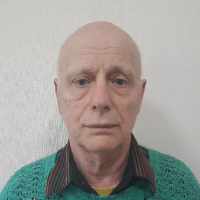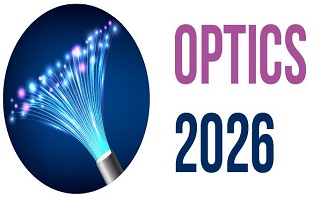3rd International Conference on
Optics and Laser Technology
October 29-30, 2026 | Berlin, Germany

Optics 2026

Institute of Applied Mathematics and Automation KBSC RAS, Russia
Abstract:
Up to now, developing
theory of the X-ray diffraction by distorted crystals remains to be actual. The
X-ray theory based on the equations with partial derivatives over the two
coordinates within the X-ray scattering plane. In the report, the theory based
on the first-order fractional X-ray diffraction optics equations with the
fractional derivate of the order α ∈ (0,
1] has been treated by using the Green function technique (GFT) and they have
been converted to the matrix integral Volterra equation (MIVE) of the second
kind. The theoretical approach has been elaborated in terms of the GFT. In the
case when the incident X-ray beam strikes
the crystal surface, the Cauchy problem can be cast in the form of the
convolution of the matrix GF and the boundary-value function. In the case of
imperfect crystals, the Liouville–Neumann-type series formalism has been
applied to solving the Cauchy problems. The matrix Resolvent function solution
explicitly has been built up. It has been shown that the fractional parameter α
= 1, the X-ray diffraction fractional optics equations have been formulated in
the terms of the MIVE of the second kind.
In some cases of the crystal-lattice defect field function (DFFs),
Resolvent solutions of the Cauchy problem have been built up. To precise the
parameter α of the X-ray diffraction fractional optics is of fitting the
theoretical model with observed 2D imaging data. One has discussed the problem
of recovery of the Coulomb-type point defect in a crystal by computer X-ray
diffraction technique.
Biography:
Felix N. Chukhovskii has completed his PhD at the age of 24 years from Engineer-Physics Institute Moscow postdoctoral studies from Kurchatov’s Energy Institute Moscow. He is the leader scientist of Institute of Applied Mathematics and Automation KBSC RAS, Shortanov Str., 89A, Nal’chik 360000, Russian Federation. He has published more than 200 papers in reputed journals.
